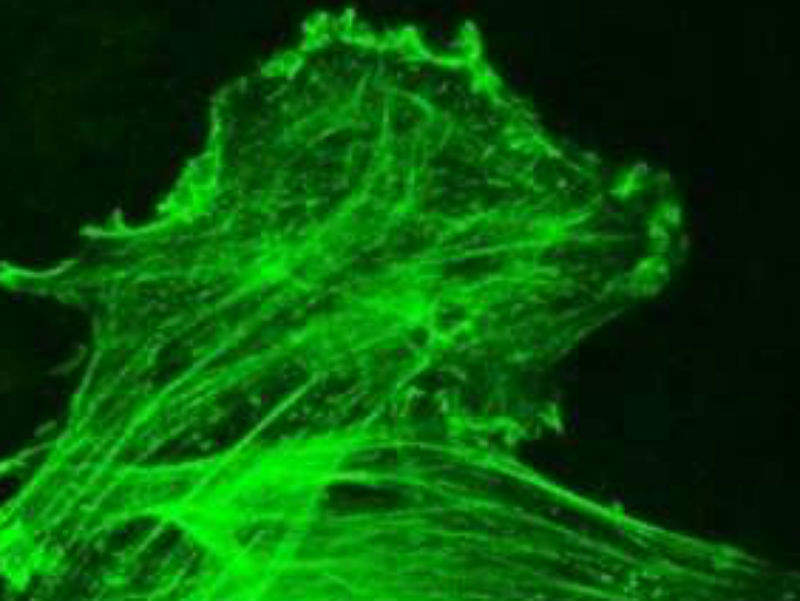
An injectable bandage made from a gelling agent commonly used in preparing pastries can stop bleeding and promote wound healing.
Researchers from the Inspired Nanomaterials and Tissue Engineering Laboratory, Texas, successfully created the bandage, which they believe could be used in the military to stabilise serious battlefield wounds as it could be self-administered to stop excessive blood loss and avoid haemorrhaging.
A recent article published in the journal Acta Biomaterialia explains how Dr Akhilesh K. Gaharwar, assistant professor in the Department of Biomedical Engineering at Texas A&M University, used kappa-carrageenan, a common thickening agent, and nanosilicates to form injectable hydrogels to stop bleeding and encourage wound healing using the controlled release of therapeutics.
Gaharwar said: “Injectable hydrogels are promising materials for achieving haemostasis in case of internal injuries and bleeding, as these biomaterials can be introduced into a wound site using minimally invasive approaches.
“An ideal injectable bandage should solidify after injection in the wound area and promote a natural clotting cascade. In addition, the injectable bandage should initiate wound healing response after achieving haemostasis.”
In the study, Gaharwar used kappa-carrageenan obtained from seaweed to create the injectable hydrogels. Hydrogels are a 3D water-swollen polymer network, similar to gelatine, which can simulate the structure of human tissues.
How well do you really know your competitors?
Access the most comprehensive Company Profiles on the market, powered by GlobalData. Save hours of research. Gain competitive edge.

Thank you!
Your download email will arrive shortly
Not ready to buy yet? Download a free sample
We are confident about the unique quality of our Company Profiles. However, we want you to make the most beneficial decision for your business, so we offer a free sample that you can download by submitting the below form
By GlobalDataWhen kappa-carrageenan is combined with clay-based nanoparticles, injectable gelatine is created. The charged characteristics of clay-based nanoparticles give hydrogels haemostatic ability. Plasma protein and platelets can form blood adsorption on the gel surface and trigger mass blood clotting.
Graduate student in Gahawar’s lab and first author of the recent article Giriraj Lokhandea said: “Interestingly, we also found that these injectable bandages can show a prolonged release of therapeutics that can be used to heal the wound.
“The negative surface charge of nanoparticles enabled electrostatic interactions with therapeutics thus resulting in the slow release of therapeutics.”
The research was funded by the National Science Foundation’s Chemical, Bioengineering, Environmental and Transport Systems Division, and the National Institutes of Health’s National Institute of Biomedical Imaging and Bioengineering.



